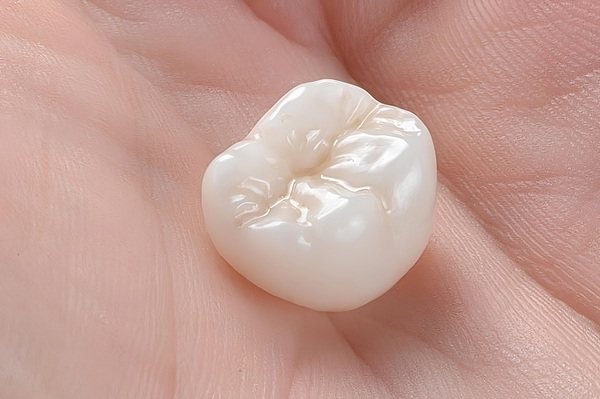How a Family Dentist Treats Tooth Decay

Many patients are not aware of the implications of tooth decay, nor how a family dentist would treat the condition. According to the National Health Institute, over 91 percent of people in the USA have experienced at least one cavity in their lifetime.
How tooth decay happens
Tooth decay is often used interchangeably with cavities and dental caries. Cavities are called tooth decay because they are the parts of the tooth that decay. The tooth is mostly made of minerals such as calcium and phosphate, making it the hardest part of the body. This does not make it indestructible, as poor oral hygiene routine can render the tooth weak and vulnerable to decay.
When you eat, the sugary remnants from foods in the teeth bind with the bacteria present in the mouth to produce acidic plaques which stick to the teeth. If you fail to brush off the plaque, the acid will gradually dissolve the tooth enamel, eventually causing erosion and decay.
When you visit the family dentist for your dental appointment, they will examine your teeth and gums for potential signs of decay. Since tooth decay usually reaches an advanced stage before showing any symptoms, regular dental visits will ensure prompt detection and treatment. It will also help to prevent gum diseases.
Treating tooth decay
Once a portion of the tooth decays, it cannot be reversed. The dentist must remove the decay and repair the tooth. The method of restoring the tooth depends on the severity of the tooth decay. Below is an overview of how a family dentist treats tooth decay, depending on the stage of the condition.
Early treatment options
If the tooth decay is still in its initial stages, the family dentist can repair the tooth with non-invasive techniques. If a little patch of decay is detected and has only affected the surface of the enamel, the dental expert may suggest brushing the teeth with a special toothpaste to halt the progression of the dental decay. This level of decay does not usually require a filling.
Middle-stage treatment
If the tooth decay is not treated while it is still on the enamel surface, it will begin to spread or dig deeper into the inner layer of the tooth. Once the decay reaches the dentin, which is the core center containing pulps and nerves, a dental filling would be required to treat the decay. The dentist will drill out the decayed part carefully and fill the space with silver or tooth-colored composite resin material. After placing the filling material, the patient will once again have the use of their teeth.
Advanced decay treatment
A tooth decay that has been neglected for several months or years could cause a situation known as a tooth abscess. If the decayed tooth is abscessed, the patient could be at the risk of a life-threatening infection. To treat this level of decay, the dentist must perform a root canal or tooth extraction. The root canal treatment is done to clean out the decayed part of the tooth, down to the root.
The bottom line
If you notice any changes on your teeth, book an appointment with your family dentist right away.
Request an appointment here: https://www.marionfamilydentist.com or call Marion Family Dental at (828) 652-6967 for an appointment in our Marion office.
Check out what others are saying about our services on Yelp: Read our Yelp reviews.
Recent Posts
You may have heard a lot about sedation dentistry recently. It is appealing to many patients, especially those who have fears about dental treatments. Visiting the dentist may not be the most exciting event in your life, but these appointments are important. You should not avoid seeing the dentist because you are worried about the…
Dental crowns are a reliable and durable solution for restoring the appearance and function of damaged teeth. While dental crowns are designed to last years, proper care and maintenance are essential for extending their lifespan. Following practical steps and working closely with your dentist can protect your investment and enjoy a confident smile for years.Maintaining…
Mouth guards and sports go together like flea collars and pets: We do not always need them, but we rest a whole lot easier when we have them. Besides, no responsible coach would allow you to play a contact sport without one. In many sports, mouth guards are now mandatory, and many others where they…
When it comes to replacing missing teeth, implant supported dentures are a great choice. An implant is an artificial tooth root that is often inserted in the jawbone. It is used to hold an artificial tooth in place. All-on-4® dental implants are increasingly being recommended for people who need more than one tooth replacement. Read…


